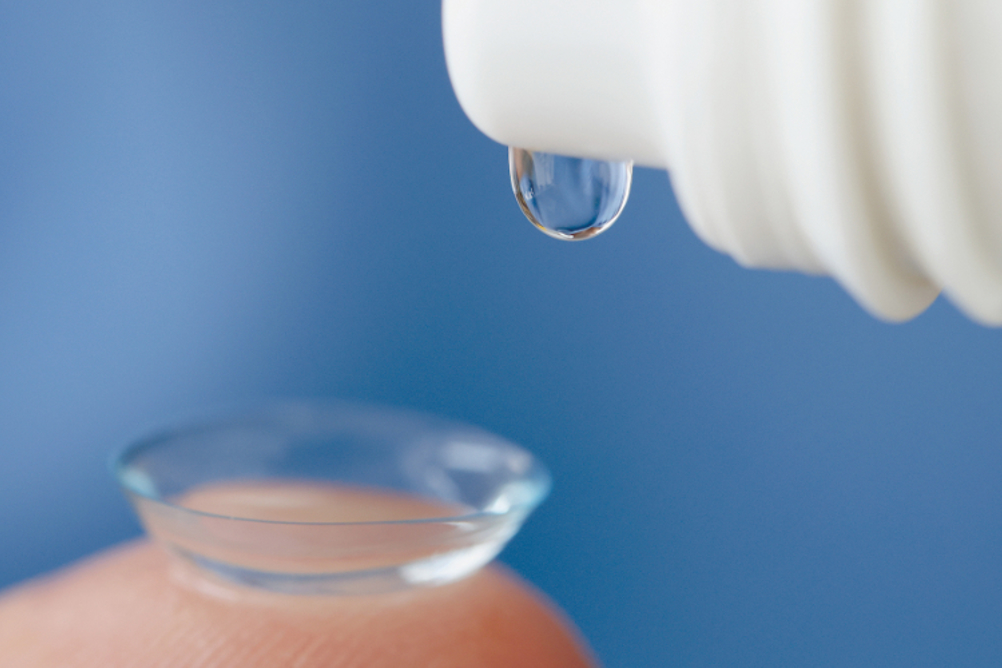
A recent global contact lens (CL) prescribing survey1 showed that silicone hydrogel (SiHy) and hydrogel contact lenses account for approximately 74% and 26% of overall soft lens fits, respectively. This survey also showed that SiHy contact lenses accounted for 78% and 68% of reusable and DD soft contact lens fits, respectively.
This data relates to both new fits and refits and shows that hydrogels are still fitted in just over one in four patients, even though SiHys have been available for over 20 years. Clearly some practitioners believe they still have a role to play in their patient management.
The survey does not, however, inform us about eye care professional (ECP) attitudes and behaviours when faced with a successful happy hydrogel wearer exhibiting no clinical signs. Should they be routinely refitted into SiHys or can they be left in their current material type?
Register now to continue reading
Thank you for visiting Optician Online. Register now to access up to 10 news and opinion articles a month.
Register
Already have an account? Sign in here

